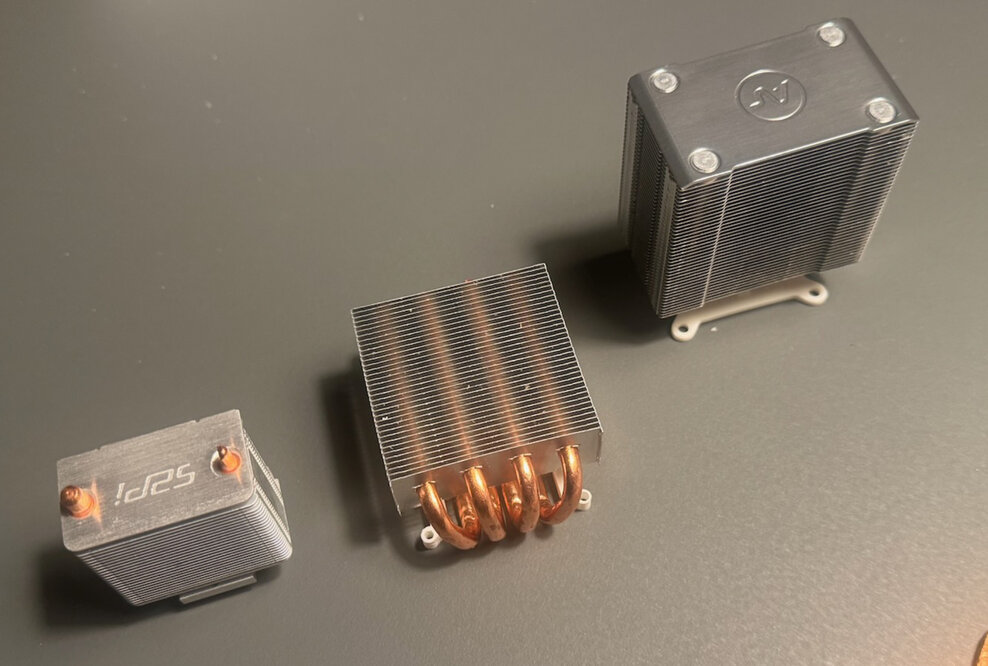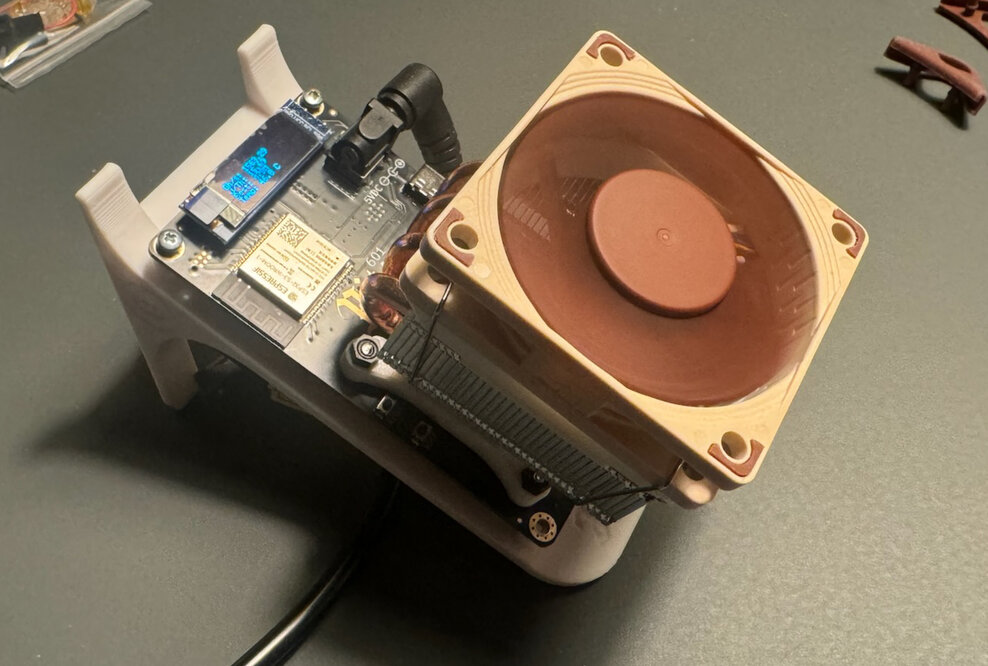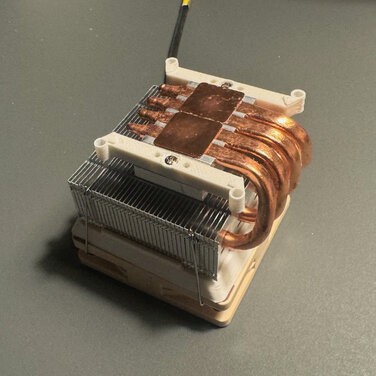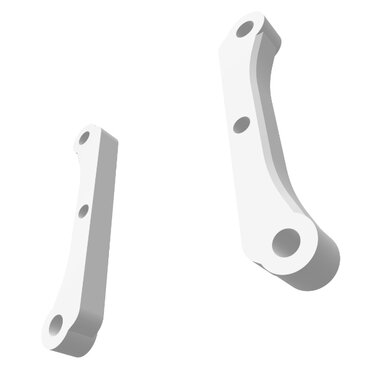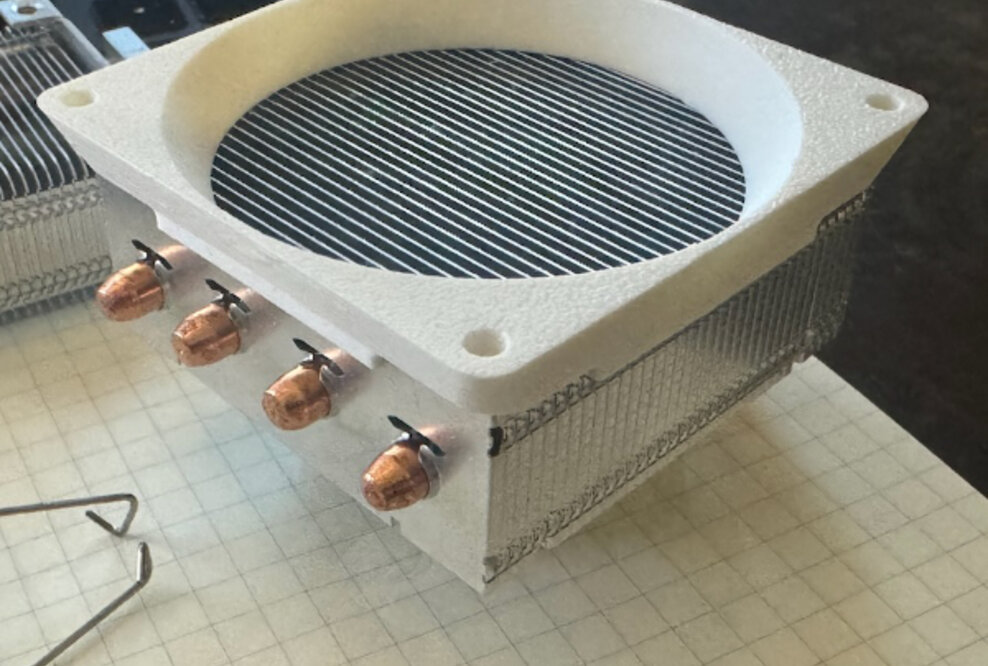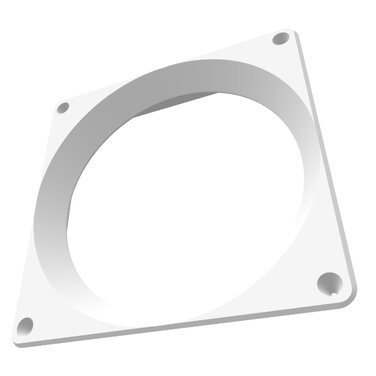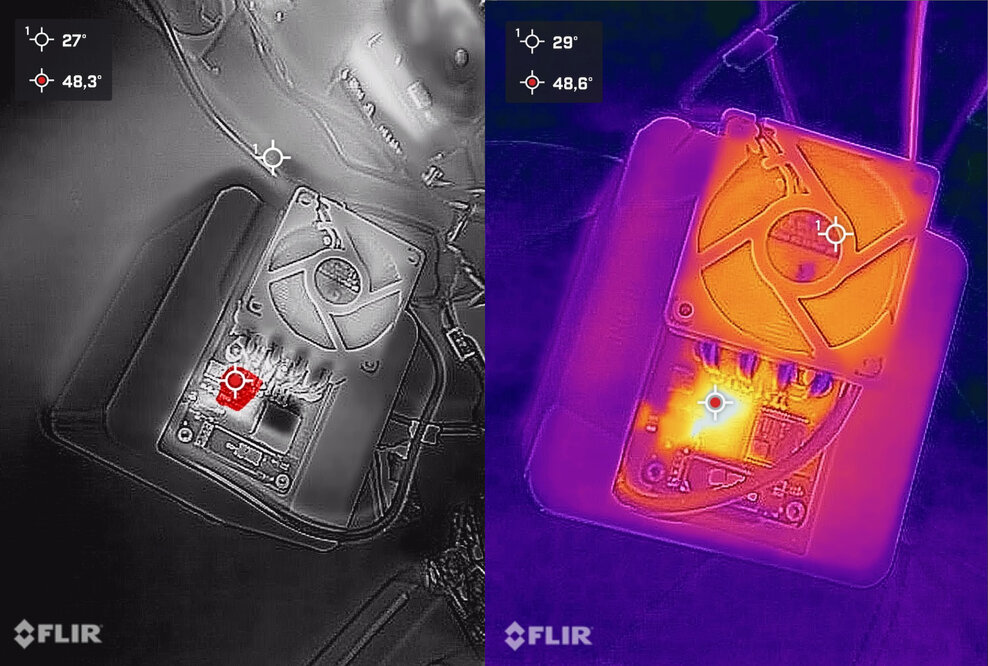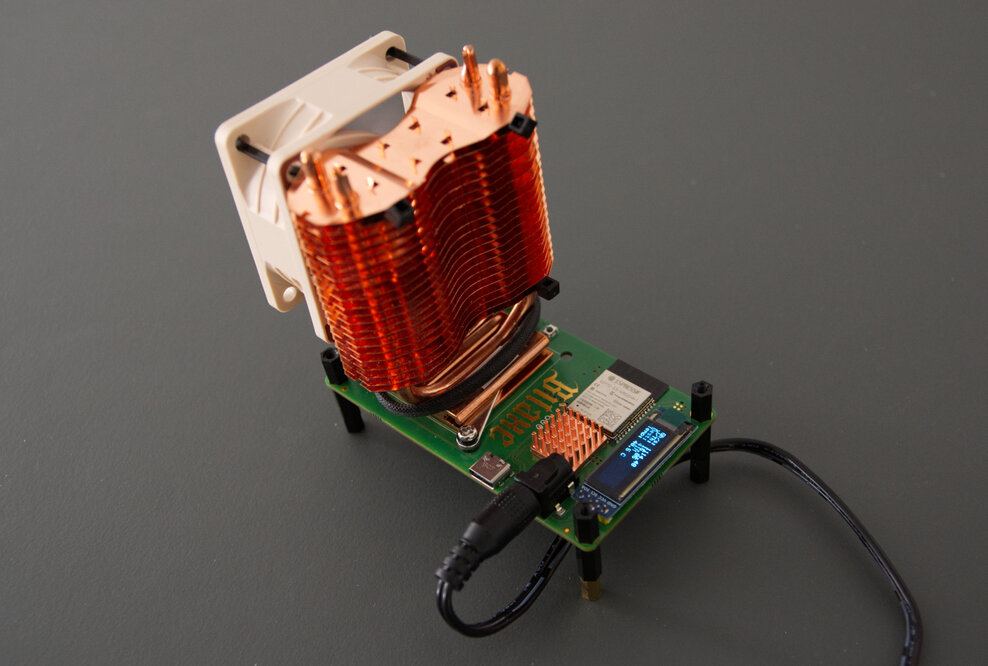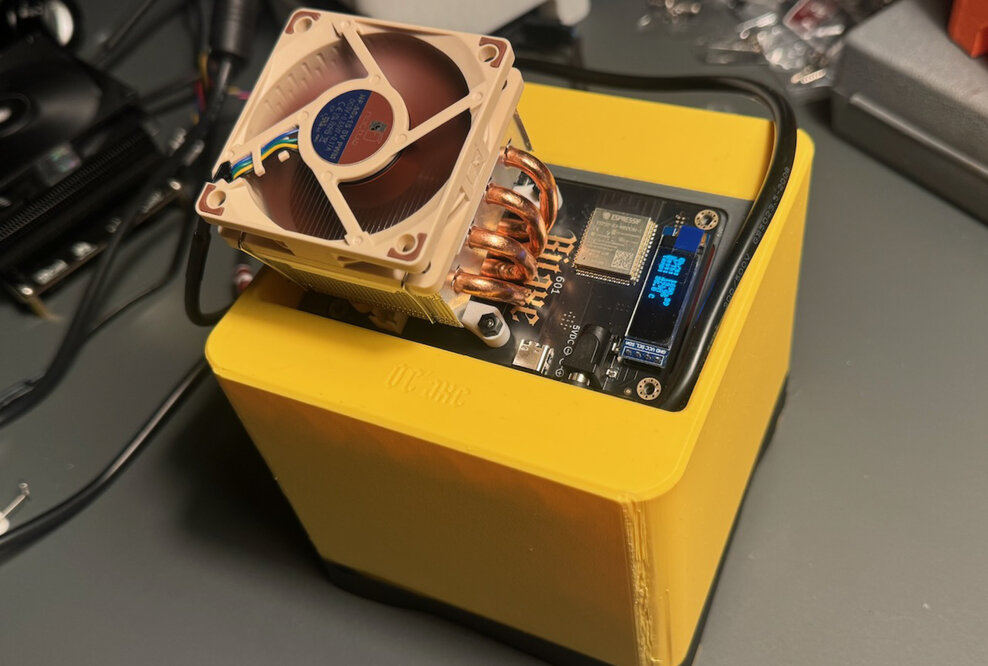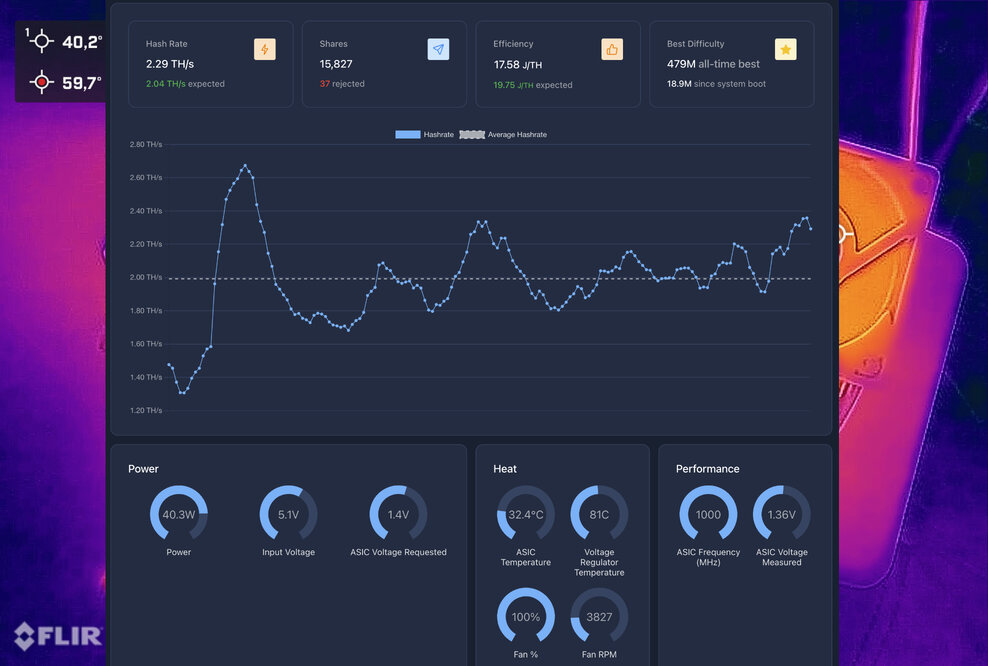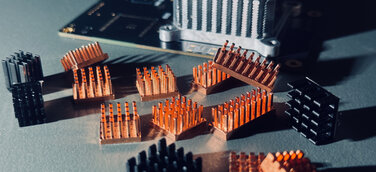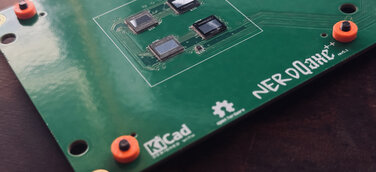In the meantime, there are a lot of articles, which was not planned at all in this form. I'll have to think of a strategy for how to view all the information in one place, especially the test data, which is now spread across four articles. Either way, I saw by accident that someone mounted a 52Pi Low-Profile Plus cooler on a Bitaxe. I was interested in the geometry because it is a raised top blow cooler for the Raspberry Pi 5. Although I'm not a fan of top blow coolers, confirmed by the many test series, I wanted to take a closer look at this cooler.
Unfortunately, not much information about the cooler is available on the internet yet, even in the manufacturer's wiki, the product is labeled as weighing 220g. My thought was that if the cooler really weighs 220g, it offers a massively increased mass over all coolers that can be used with the Bitaxe.

